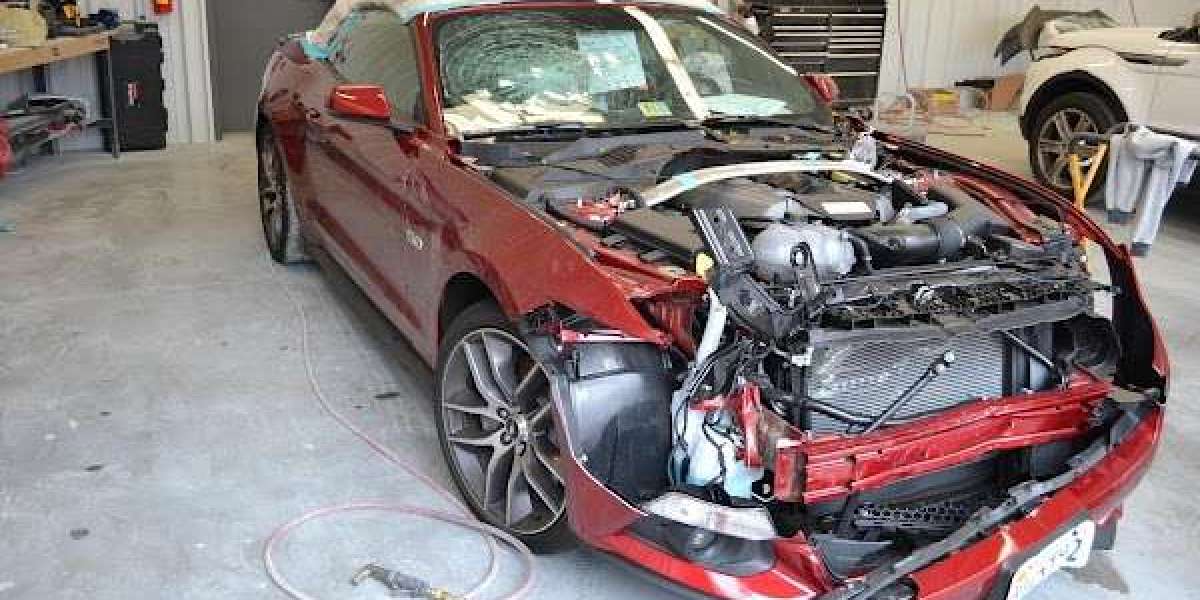The automotive collision repair market is evolving at a rapid pace, but alongside the emerging opportunities lie numerous threats that could challenge the stability and long-term viability of repair businesses worldwide. As vehicles become smarter and more complex, the traditional collision repair model faces disruptions that demand strategic adaptation and resilience.
Understanding these threats is essential for industry stakeholders to build robust business models, maintain service quality, and ensure competitive advantage in a sector increasingly shaped by technology, regulation, and changing customer behavior.
Rising Complexity of Modern Vehicles
One of the most significant threats to the collision repair industry is the increasing complexity of vehicles. Today’s cars are equipped with advanced driver assistance systems (ADAS), high-strength lightweight materials, embedded sensors, and complex electronics. While these features enhance safety and performance, they also make post-collision repairs significantly more challenging and costly.
Repairing even minor damage may require recalibration of radar systems, replacement of costly sensors, or access to specialized OEM data and tools. This creates a knowledge and equipment gap for smaller or traditional repair centers that are not equipped to handle high-tech components.
Failure to keep pace with vehicle technology can lead to inaccurate repairs, customer dissatisfaction, and loss of business to more advanced competitors.
Shortage of Skilled Technicians
A growing shortage of skilled labor is another serious concern in the collision repair market. As vehicles evolve, the demand for trained technicians capable of repairing modern systems is rising. However, many regions face a declining interest in vocational trades, with fewer young professionals entering the field.
This talent gap results in increased labor costs, longer turnaround times, and reduced service capacity. Shops that cannot recruit or train enough qualified personnel risk falling behind in both productivity and customer service, weakening their market position.
Without aggressive investment in training and workforce development, the technician shortage could limit industry growth and lead to inconsistent repair quality across the sector.
Escalating Repair Costs and Pricing Pressure
As vehicles become more advanced, repair costs continue to rise. The need for OEM parts, specialized tools, and advanced diagnostics inflates the cost of even routine repairs. Additionally, the time required to complete these repairs has also increased, affecting shop productivity and profitability.
At the same time, insurance companies and customers are pressuring repair shops to control pricing. This creates a difficult balancing act for service providers who must deliver quality repairs while managing overhead and staying within insurance-approved budgets.
In some cases, shops may be forced to use lower-cost aftermarket parts or cut labor hours, which can impact the quality of repairs and customer satisfaction—posing reputational and operational risks.
Increasing Regulatory and Environmental Pressures
Environmental regulations and safety standards are tightening across the globe. While these changes aim to promote sustainability and protect consumer interests, they also impose compliance costs on repair businesses.
For example, regulations may require the use of water-based paints, energy-efficient equipment, or specific waste disposal procedures. Smaller repair shops, especially in emerging markets, may find it difficult to meet these requirements due to the cost of upgrading infrastructure and training staff.
Failure to comply with environmental or safety regulations can result in fines, business shutdowns, or exclusion from insurance and OEM repair networks—making regulatory pressure a serious threat to operational continuity.
Shifts in Insurance Industry Practices
The insurance sector has a direct influence on the collision repair market, and evolving practices in claims management are posing new challenges. Insurers are increasingly directing customers to preferred networks through Direct Repair Programs (DRPs), often pressuring shops to reduce costs and adhere to strict service metrics.
While DRPs provide consistent business flow, they also limit a repair center’s pricing flexibility and profit margins. Shops outside these programs may struggle to attract customers or face delays in claim approvals and payments.
Additionally, the growing use of artificial intelligence in damage assessment is changing the way claims are processed. Automated systems may reduce job scope or suggest minimal repairs, affecting revenue and workload for repair shops.
Threat from Consolidation and Large Chains
Market consolidation is intensifying, with large repair chains and multi-shop operators expanding aggressively. These players benefit from economies of scale, strong insurance partnerships, and advanced technologies—giving them a competitive edge over smaller, independent shops.
As larger chains dominate high-traffic areas, smaller businesses may find it harder to compete on price, speed, or service range. Without the resources to invest in marketing, certification, and technology, independent operators risk being pushed out of the market or forced to operate at unsustainable margins.
This consolidation trend threatens the diversity and competitiveness of the market, especially in urban regions where large players can scale rapidly.
Consumer Expectations and Reputation Risk
Modern consumers are more informed and demanding than ever before. They expect quick service, transparent pricing, digital updates, and eco-friendly practices. Businesses that fail to meet these expectations risk losing customers and receiving negative online reviews, which can significantly harm reputation and future business.
In a market driven by word-of-mouth and digital visibility, reputation is everything. Any delay, miscommunication, or poor-quality repair can go viral on social media, leading to long-term damage.
Shops must be proactive in customer communication, service quality, and reputation management to avoid these risks and maintain a strong presence in a competitive environment.
Conclusion
While the automotive collision repair market continues to grow, it is not without significant threats. Rising vehicle complexity, labor shortages, regulatory burdens, insurance pressures, and market consolidation are reshaping the landscape. Businesses that recognize these challenges early and adopt strategic, tech-enabled solutions will be best positioned to survive and thrive. Adapting to these threats is not just a necessity—it is the foundation for sustainable success in the future of automotive repair.







